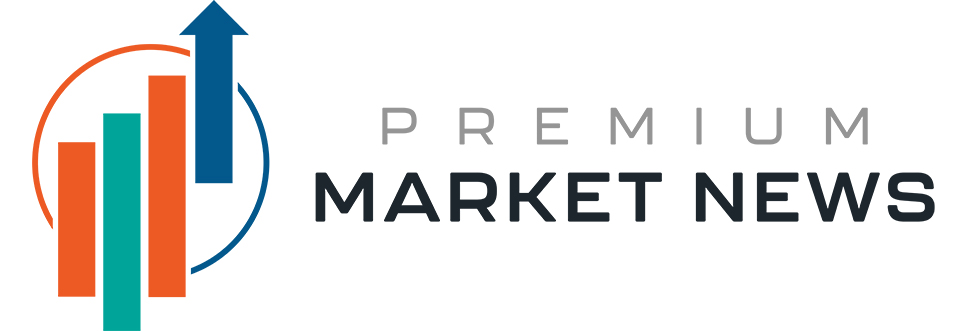The 401(k) market consisted of more than 87 million active participants and an estimated $8.57 trillion in assets in 2024, according to PLANSPONSOR’s 2025 Recordkeeping Survey.
But not all 401(k) plans are made the same.
The safe harbor plan is similar to the traditional 401(k) that provides administrative, savings and tax-related benefits to employers. But employers considering this option must act before October 1 to implement this one before year-end.
The Basics and the Benefits
An employer can choose to offer a traditional 401(k), a safe harbor plan or both.
A traditional 401(k) allows employees to contribute a percentage of their income to their retirement, while employers may or may not contribute to the plan.
Safe harbors, in contrast, require employers to make contributions to participants’ plans that become immediately vested, which means participants are entitled to the full amount, regardless of how long they work for the plan sponsor.
Benefits of safe harbor plans include the avoidance of nondiscrimination and “top-heavy” testing that can be onerous to the employer, says Richard Tatum, president of Vestwell Workplace Savings.
Testing “can result in corrective distributions for owners and other employees involved in leadership,” Tatum says. “It could result in unexpected contributions from the employer.”
Vestwell promotes safe harbor plans as good choices for small businesses that may have more difficulty passing required compliance tests, such as those family-owned businesses or those with more highly compensated employees relative to non-highly compensated employees.
Additionally, business owners can contribute the maximum annual deferral amount of $23,500, plus any catch-up contributions, and employers can receive additional savings from the company’s matching contributions.
“Owners or highly compensated employees are able to defer up to the maximum limits … and the safe harbor contribution [is not] subject to payroll taxes,” Tatum explains. “All the monies they pay in for themselves and the rest of the employees are tax-deductible as well, … and that’s not even touching yet on some of the tax credits that are available because of” the SECURE 2.0 Act of 2022.
Deadline Approaches
Vestwell has set a September 16 deadline for its clients to adopt safe harbor plans. While each safe harbor provider may impose its own deadlines, Vestwell uses that date to make sure its plans and provisions are set up by the plan’s compliance deadline.
To be exempt from certain compliance testing requirements, safe harbor plans must be established three months prior to the plan year-end date. This means eligible employees must be able to make salary deferrals starting no later than their first pay date on or following October 1.
All of which means that employers have a decision to make this fall, and they need to move quickly. In addition to the October 1 deadline this year for setting up a new safe harbor plan, initial notices to employees about the new plan must be sent by September 1, and the deadline for adding a safe harbor provision to an existing retirement plan is December 1.
When asked what employers deciding whether to establish a safe harbor should keep in mind, Tatum suggested they consider what type of contribution they would make. For instance, employers can provide a 3% nonelective safe harbor contribution to all eligible employees or they can offer an incentive for employees to participate and defer from their paycheck through a safe harbor matching program. Plan sponsors can also adopt a qualified automatic contribution arrangement, an automatic enrollment safe harbor to which employers can apply up to a two-year vesting schedule to such contributions.
“Employers are very drawn to the simplicity of the formula and being able to avoid testing,” Tatum says. “There are a lot of really exciting opportunities for businesses to streamline their plan operations and benefit employees as well.”
